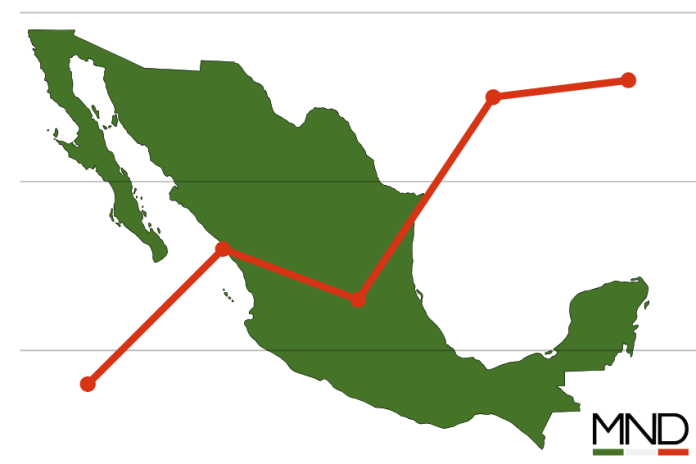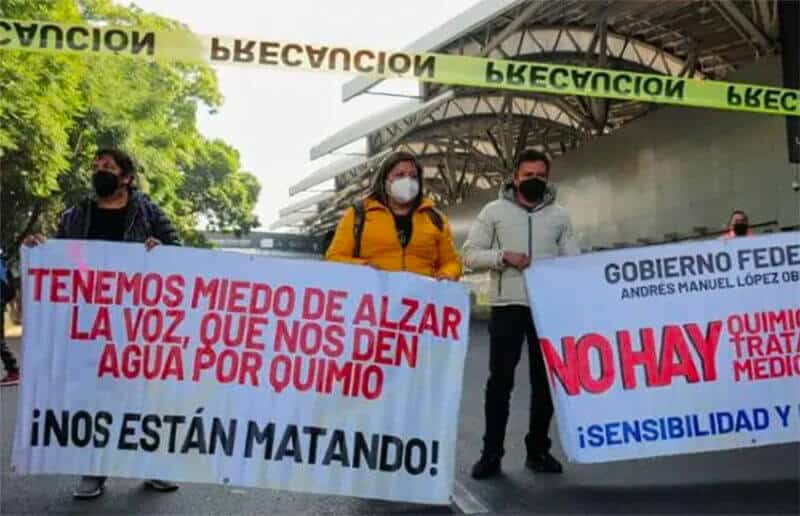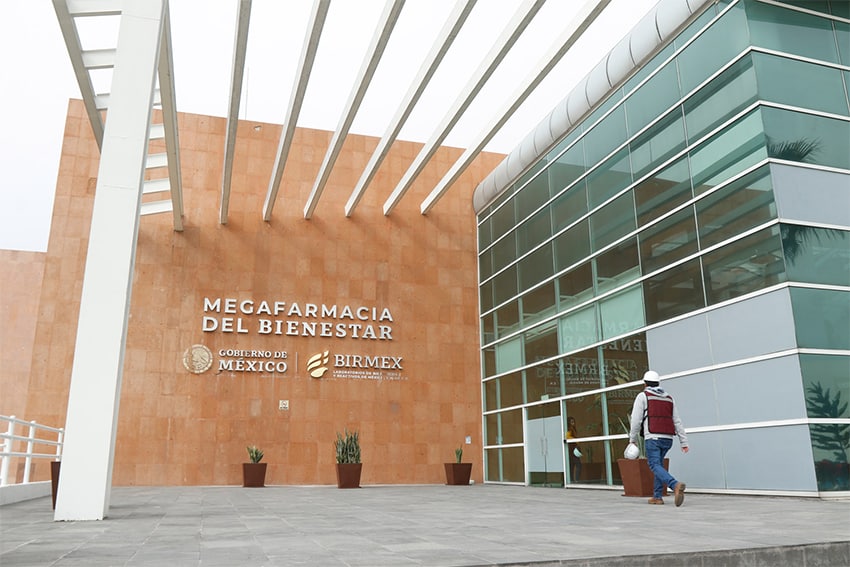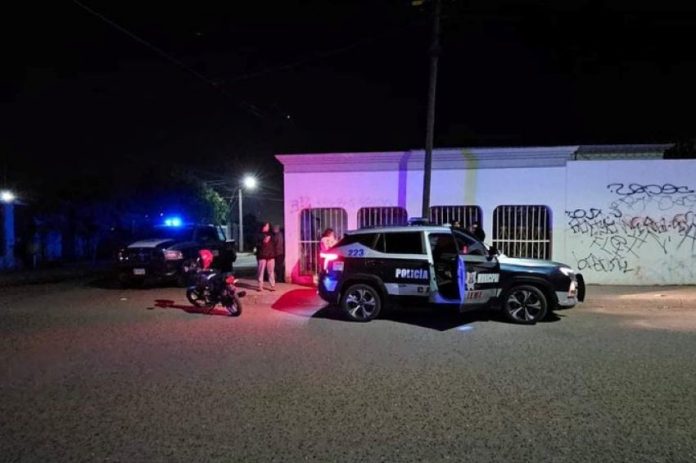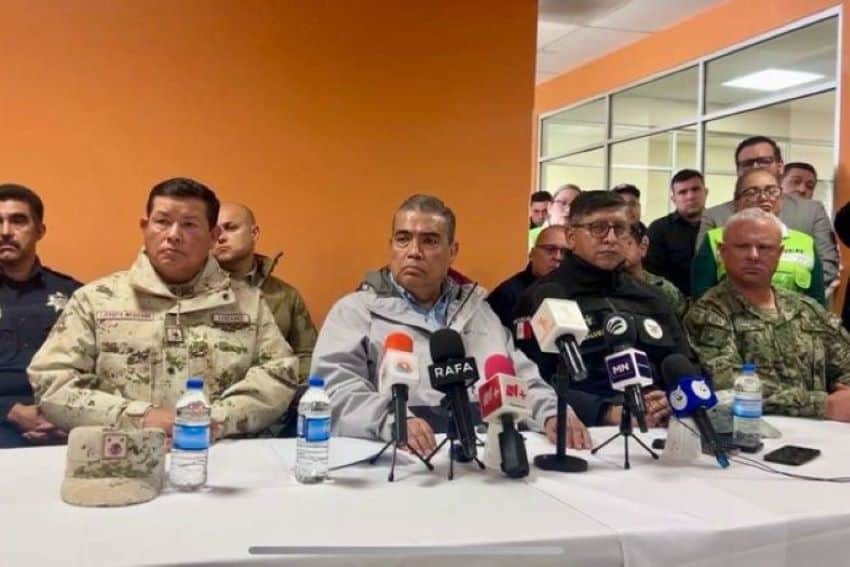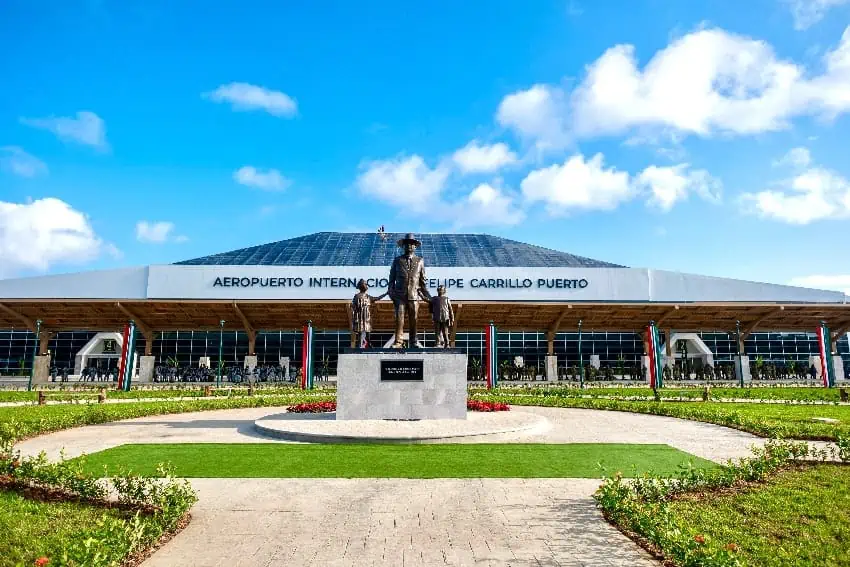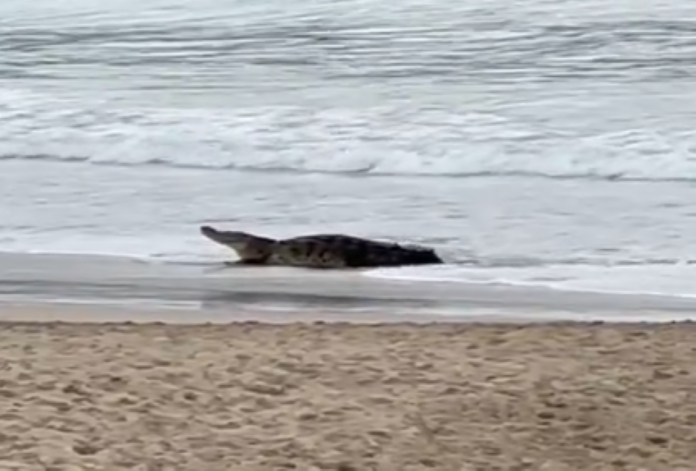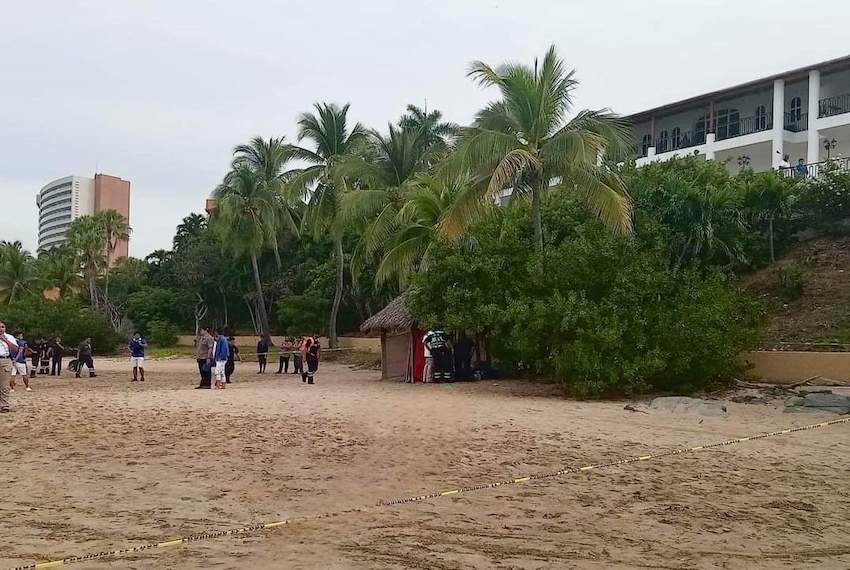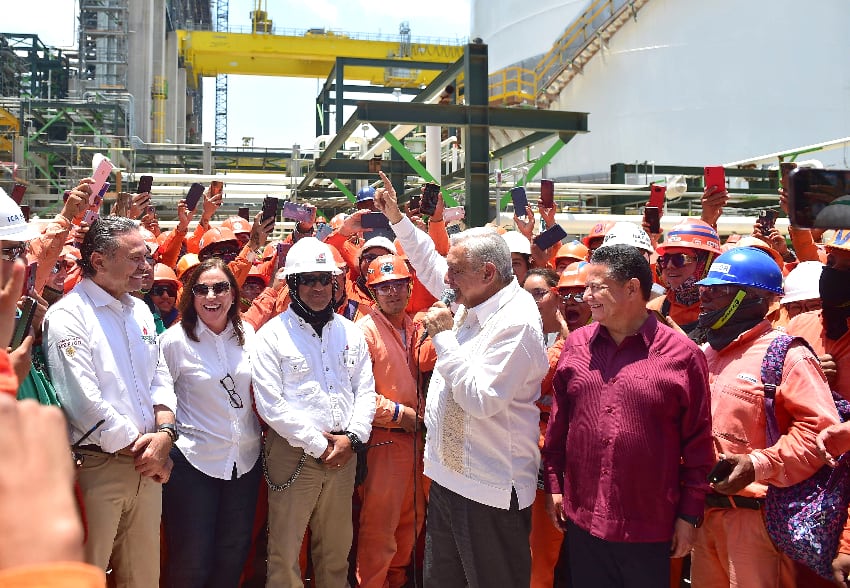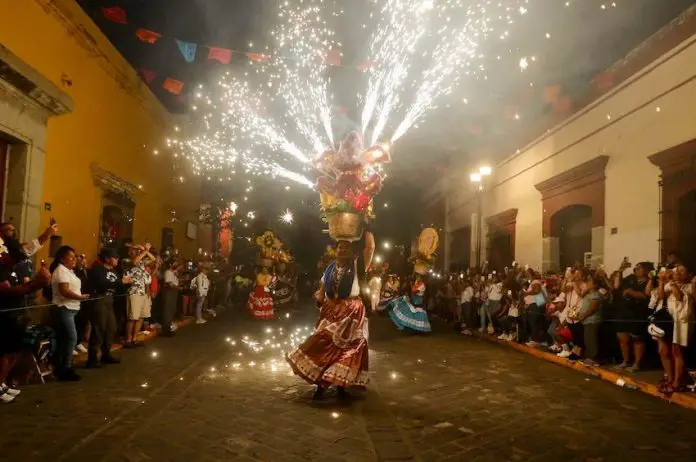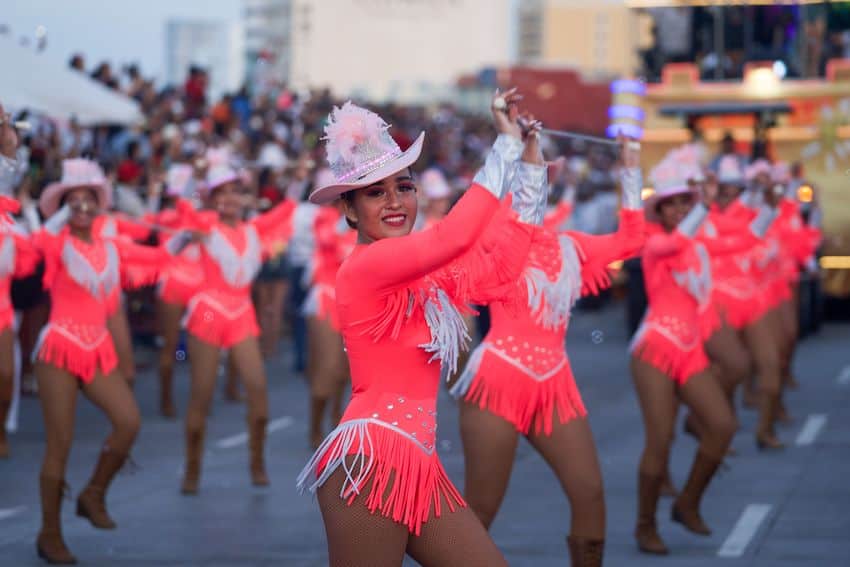My move to Mexico has been a personal growth journey for me.
We moved during the pandemic, and I was burned out from working endless hours in my job and trying to fit in life, between work and constant travel. My hyper-efficient life had a price, and I never realized that until I came to Mexico and time slowed down.
I knew that moving to Mexico would be uncomfortable, and yet transformational, and it has been both of those things for me.
Here are three quotes that resonate with my journey this year and what I have learned.
“The secret of happiness, you see, is not found in seeking more, but in developing the capacity to enjoy less.” – Socrates
I have always been a goal oriented person and in becoming that, as years went by, I somehow completely forgot to enjoy the journey.

Whenever I achieved one goal, I had to set my sight for the next goal, which was bigger and more difficult. When we moved to Mexico, I quit my job without any plans for the future. I had gotten tired of the chase. It required too much work, energy, time just to move and inch forward and when I did, I felt more alone and empty.
I just wanted sit for a while without any plans, slow down, internalize, experiment, allow myself to get bored, reconnect with myself and listen to what my soul really needed to feel re-energized and alive. In Mexico, after a year or so, I started to paint again. I fell in love with colors. I stopped watching TV. Instead, I loved sitting at the town square and watching an entire Mexican family dancing to Mariachis music. I would smile watching the kids play soccer in an alley in late evenings. I started cooking and inviting friends over, experimenting with food. I started reading 2-3 books at the same time. My guilty pleasure was visiting nurseries and buying plants. Simple things felt very rich. These were all creative things, there was nothing materialistic about them and yet, they were so enriching. For the first time in a long time, I felt more content, more often.
“Maybe the amount of extraordinary things that happen in your life depends on what you notice.” – Sophia Joan Short
I feel like I am just starting to learn this lesson.
To grow, one needs to unlearn some old habits and make space for new ones. Being a goal-oriented person, I never took the time to observe the little extraordinary things that had to happen to help me achieve that goal. I was always in a hurry.
Life is so much simpler living in Mexico – and by that I mean less distractions and less consumption. At times, that also means power shortages and no hot water for a few days, things I have taken for granted in the U.S. I am learning to not react to things that are not in my control. That is not easy. But, neighbors and friends welcome me to use their homes. All of a sudden, I am learning what it feels like to truly be a part of the community.
In my time here, I have met amazing people, women entrepreneurs of all ages, and they all seem to have one thing in common: they are all searching for joy; the joy that comes from helping, learning, growing and giving back.
They don’t consider themselves expats, they are immigrants, here to be a part of the community fabric. In my many world-wide travels, I never experienced this. These are extraordinary encounters, simply because they are all here to be the best version of themselves and somehow, life in Mexico has given them the space, the opportunity and the energy to do that, to start another chapter.
“He who loses wealth loses much. He who loses a friend loses more. But he who loses his courage loses all.” – Miguel de Cervantes
Buying Mexico News Daily and jumping into entrepreneurial life has been tough. It has been a near-constant roller coaster ride with many highs and lows.
Many times this past year, I have doubted my skills, my grit, and my judgement. I have also realized that it is inaction that leads to a fear of failure. Courage is developed through action, as is confidence through personal growth. After each stumble, I have felt humbled yet more determined and assured of my path ahead.
Mexico News Daily has become a labor of love and very hard work. My husband and I have invested significant time, energy, and financial resources into the business. We have faced adversity and made mistakes, but are building a team of like-minded people, creating a purpose-driven culture, and seeing the impact our platform can make for small businesses and entrepreneurs in Mexico.
In my heart, I am absolutely confident that we are on the right track as we aspire to make an even bigger impact. I want to be useful. There is a difference between ambition and aspiration. Ambition is about achieving a goal, aspiration is about who one wants to become. Our venture in Mexico News Daily is shaping me into who I can become.
I will conclude with a bit of advice:
If you are searching for joy, a change in direction, or a more personal connection in life, take the plunge and come to Mexico. You don’t have to figure it all out at once, just start by thinking of it as a new chapter in life. Start by believing in yourself.
Tamanna Bembenek was born in India, studied and worked in the U.S. and lives in Mexico with her husband, Travis. They are the co-owners of Mexico News Daily.

